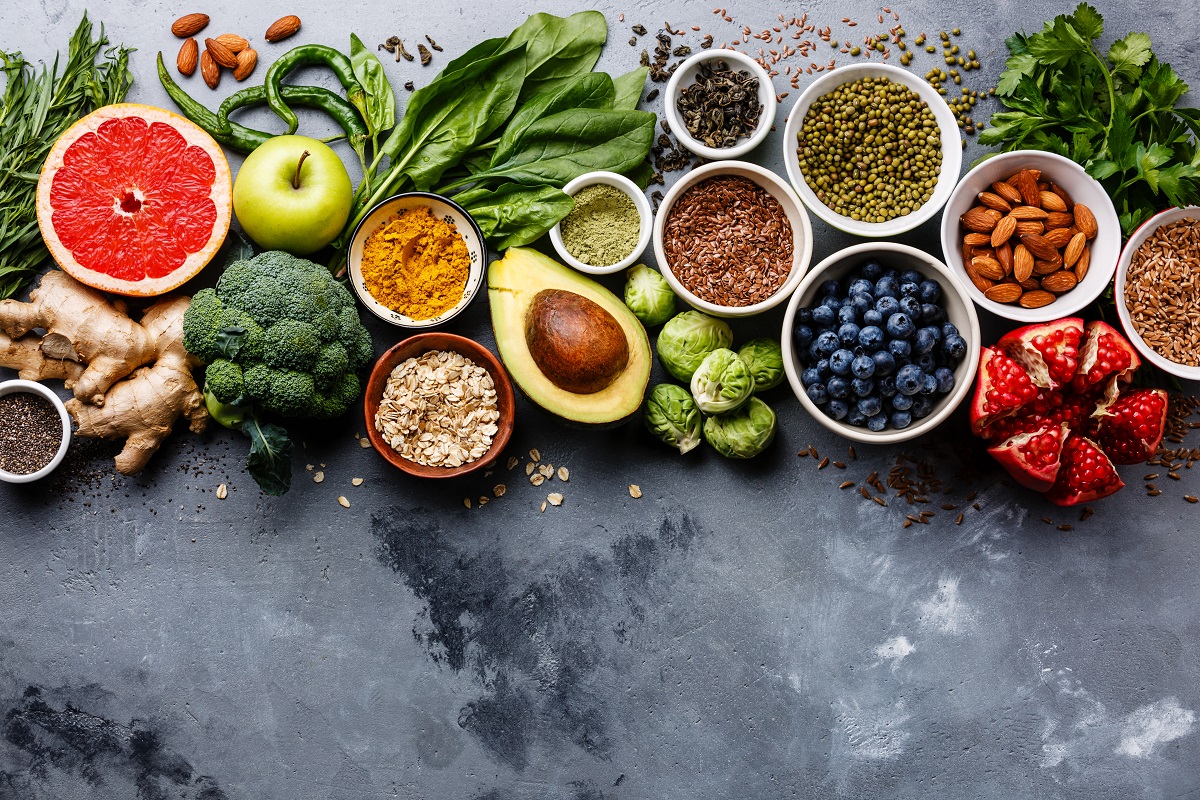Can you imagine eating strawberries that eerily taste like peaches? How about cutting an apple in half, only to find that it has red flesh instead of the usual white? These are some bizarre hybrid fruits created in a lab. They are products of gene-editing.
Some may find these fruits interesting. Some may even dare to taste them out of sheer curiosity. But there are some who would turn away in repulsion. They may even feel fear. For a couple of decades now, people have strongly opposed eating food with genetically modified organisms (GMO). According to a recent survey, 51% of Americans believe that genetically modified (GM) food products have negative effects on our health. Forty-one percent of them believe that GM food products have no effect at all on our health. Only 7% of them believe that there are positive effects on our health.
Those who oppose GMO in our food believe that genetic engineering entails having “viruses and bacteria inserted into plants.” While this is true to a certain extent, it’s important to know the relation between our health and GM food. But first, what exactly is GMO?
What Is GMO and How Does it Work
Simply put, GM food products come from plants or animals with DNA that’s been manipulated or altered. This process is called genetic engineering. There are many techniques in this type of engineering. One is transplanting DNA from one organism to another. That DNA is called a gene, which carries a set of instructions for a trait that the organism can express. This how we get fruit hybrids mentioned earlier. As such, the transplanted DNA doesn’t necessarily come from viruses and bacteria.
The “Flavr Savr” tomato was the first GM food sold to Americans. Also known as the “Super Tomato,” it hit the U.S. markets in 1994. It was designed to have a longer shelf life than regular tomatoes. It was also modified to be able to endure certain environmental situations such as winter and drought. Since then, other types of GM food were invented such as golden rice. It was fortified with beta carotene at the lab. It aimed to combat vitamin deficiencies in developing countries such as the Philippines.
Working with GMO isn’t just for food, though. Large-scale biotech companies such as Monsanto work toward bettering agricultural conditions. With the use of genetic engineering, scientists aim to develop the herbicide resistance and pest tolerance of major crops such as corn, cotton, canola, and soy.
Health Concerns
Since the advent of GM food products in the 1990s, the opposition to them grew. Communities, groups, and nonprofit organizations rallied against farms and corporations that create GM food. The fight was even brought to the court many times. Organizations such as the Center for Food Safety filed lawsuits against the U.S. Food and Drug Administration (FDA) for approving the commercialization of such types of food.
The Center for Food Safety states that eating GM food has “unexpected effects” and health risks. These are toxicity, allergic reactions, antibiotic resistance, autoimmune diseases, cancer, and loss of nutrition.
Celiac disease is one of the health risks that people believe is caused by the intake of GM food. But studies found that there are people around the world who got autoimmune disease treatment without eating GM food.
Scientists found that there’s no evidence that GM food products cause negative effects on people’s health. The food doesn’t cause any disease or chronic conditions. In fact, they found that GM food creates a positive impact on people’s health. GM food is resistant to insects. Thus, it doesn’t require the use of insecticide to generate a high yield. As a result, people are less exposed to insecticide and generally avoid poisoning from it.
Benefits of GM Food Beyond Health

The United Nations (UN)’s Sustainable Development Goals (SDG) is a list of goals that address the 17 most pressing issues that the world is facing. The number one issue is poverty. And this issue is largely connected to agriculture and food supply.
To help advance poverty alleviation and boost sustainable agriculture, the National Academies of Sciences, Engineering, and Medicine created their own list of solutions. Their fifth proposed solution is genetic engineering. Through this process, we can generate a higher yield on crops and feed more people.
GM food aims to address poverty by improving and creating a more stable system of food supply. It also aims to withstand longer shelf life and harsh environmental conditions. But most of all, it aims to improve our health by carrying more nutrients.

